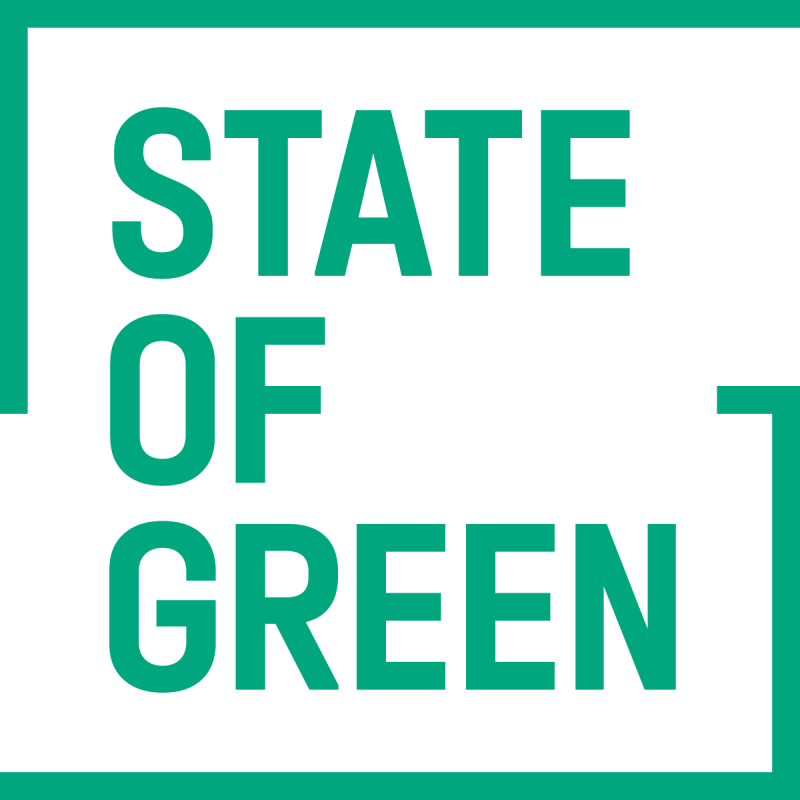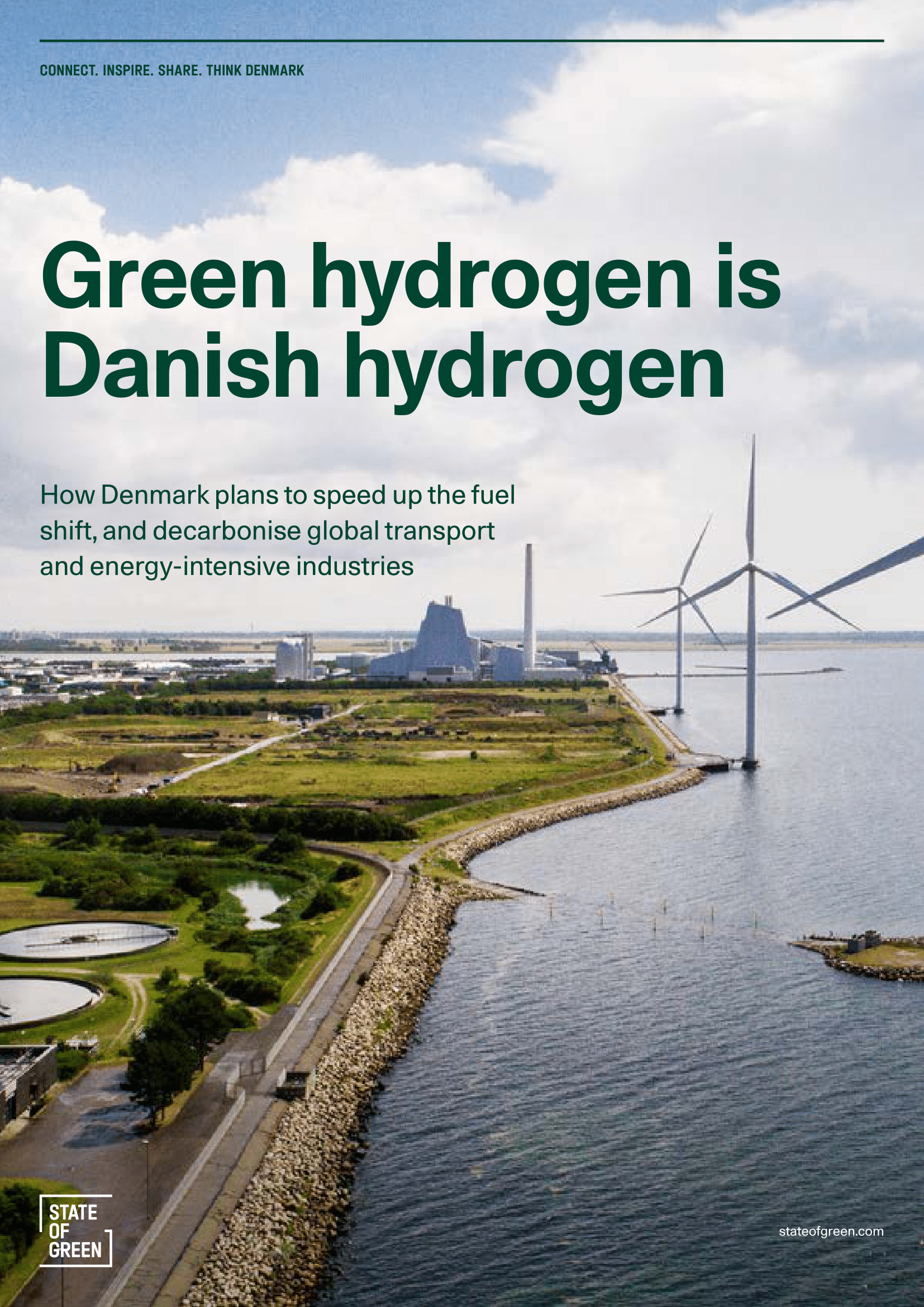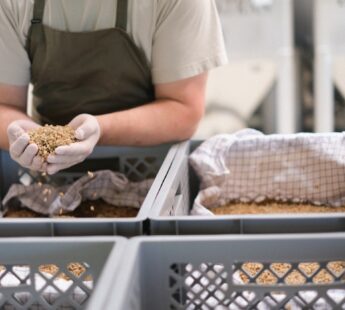News
Biomass
Biogas
Energy storage
+3
Securing a stable and green energy supply


No single clean energy source can power an energy system in isolation. The production of clean energy fluctuates, meaning a variety of sources, should be used to support each other and thereby secure a stable and affordable energy supply. Danish companies are building hybrid wind, solar and battery facilities, and bioenergy derived from anything from chicken litter to sugarcane is used to balance the grid, meaning Denmark has power 99.7 % of the time.
Towards a low-carbon world
Wind energy, bioenergy, solar power and more experimental forms of clean energy such as wave power and geothermal energy all have a role to play in a low-carbon world. When deciding which sources to use, a country’s climatic and geographical position obviously plays a role, as do considerations of which sources can provide the most efficient and secure supply at the lowest cost. For example, wind energy provides close to 50 % of Denmark’s total energy consumption and onshore wind energy is the cheapest source of energy in the country.
The green energy transition in Denmark
Denmark’s paradigm shift towards clean energy sources began in the 70s as a result of the oil crises. Since then, Danish companies have maintained a continuous focus on developing innovative clean energy solutions. Political decision-makers have both supported and spurred developments via legislation. Denmark now aims to become 100 % independent of fossil fuels by 2050. The key to achieving this goal is developing a flexible energy system, where a variety of energy sources support each other and thereby secure a stable and affordable clean energy supply.
Alternatives to wind
While wind power plays a substantial role in meeting Denmark’s energy needs, alternative renewable energy sources are necessary for less windy days. Bioenergy based on residual and by-products from the agricultural sector, biological sources, household and industrial waste has an important role to play in providing stability to the grid and represents more than two-thirds of Denmark’s combined renewable energy consumption. Hybrid solutions that use two or more renewable energy sources such as wind and solar energy and store this energy for later use via batteries are also becoming widespread in the country. Finally, researchers are constantly exploring the potential of a wide range and previously unconsidered sources for their ability to generate and store energy.
As a small, island nation, Denmark has an open, export-oriented economy. Therefore, Danish clean energy solutions and technologies are always designed to be scalable and implemented in a range of contexts.















